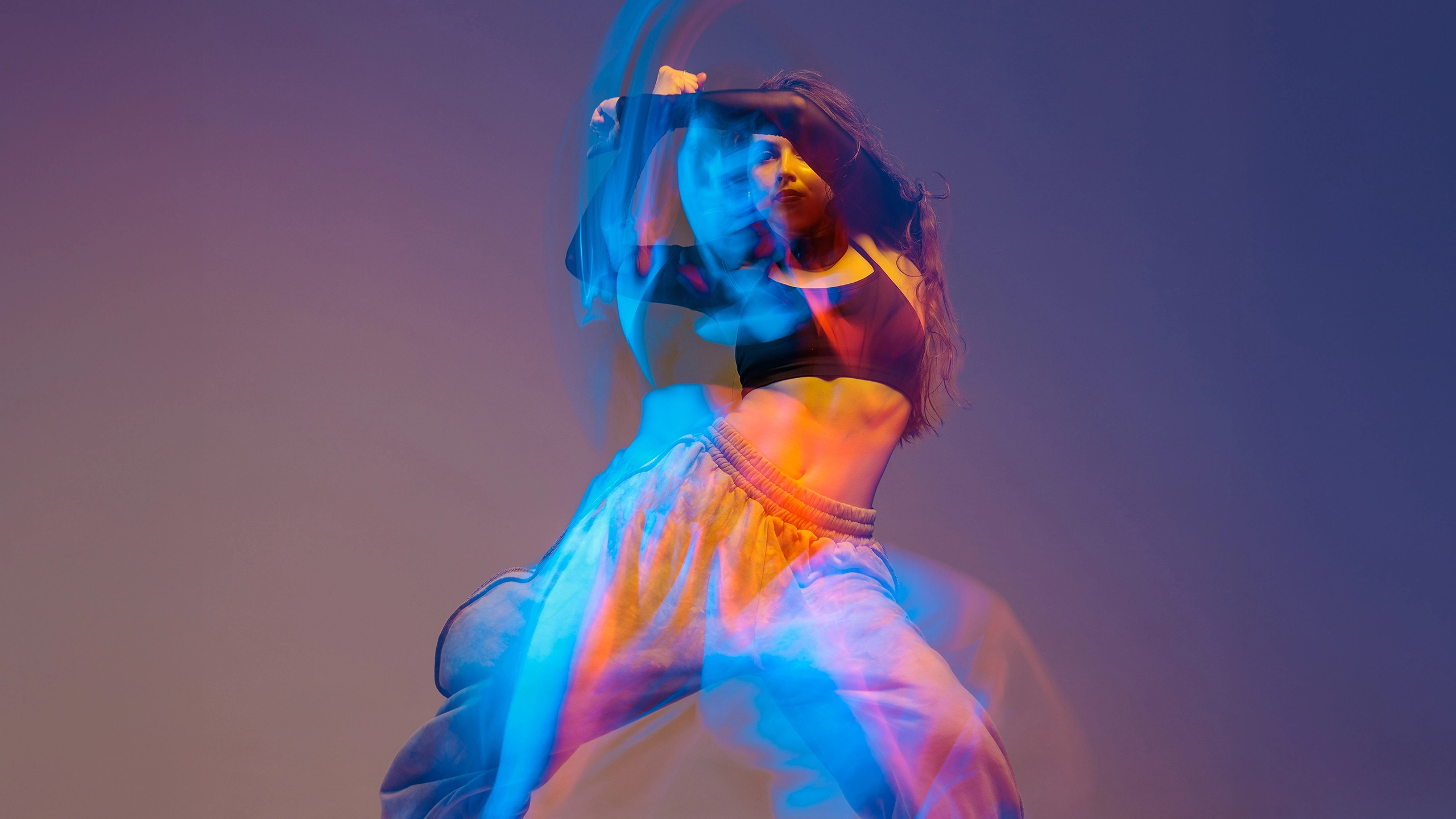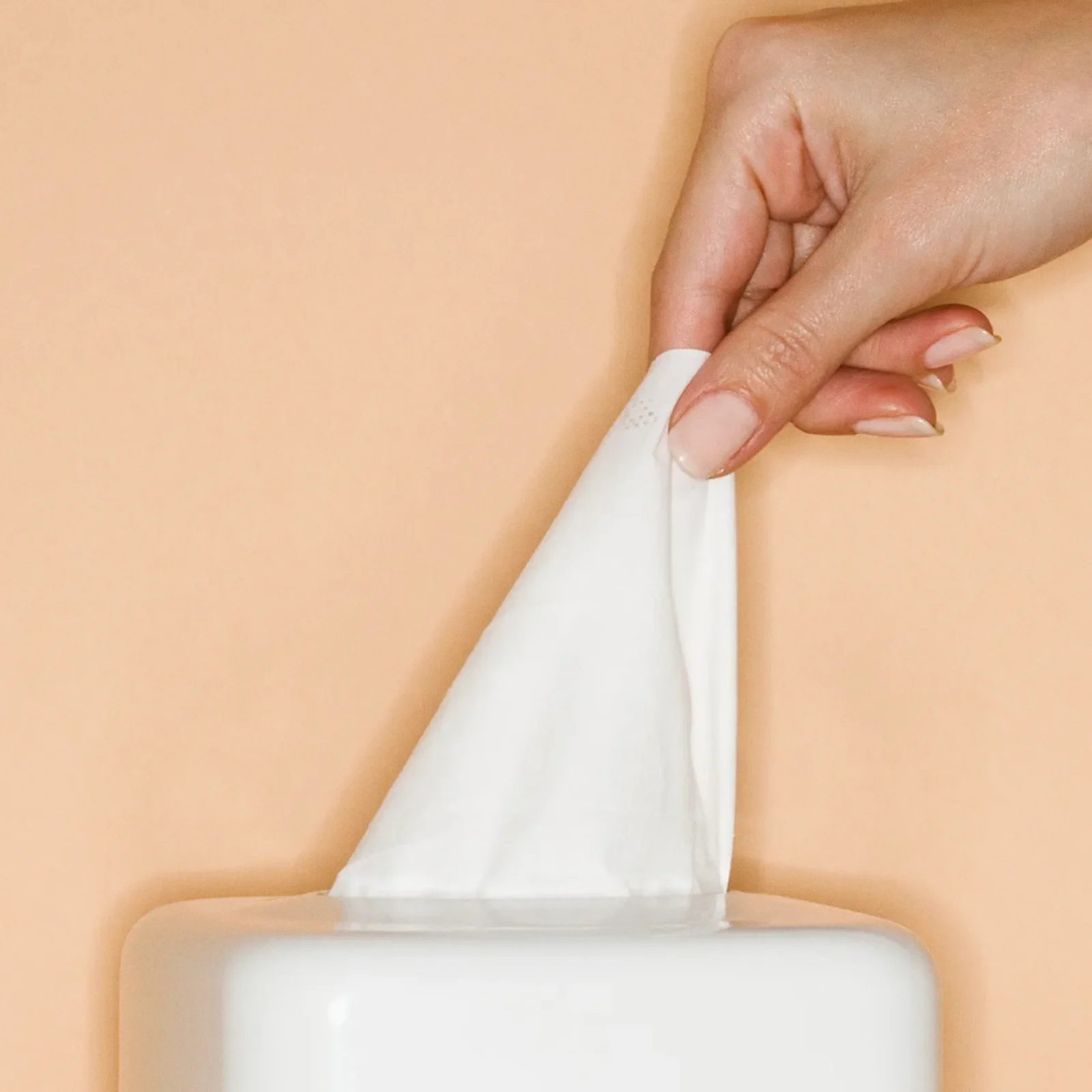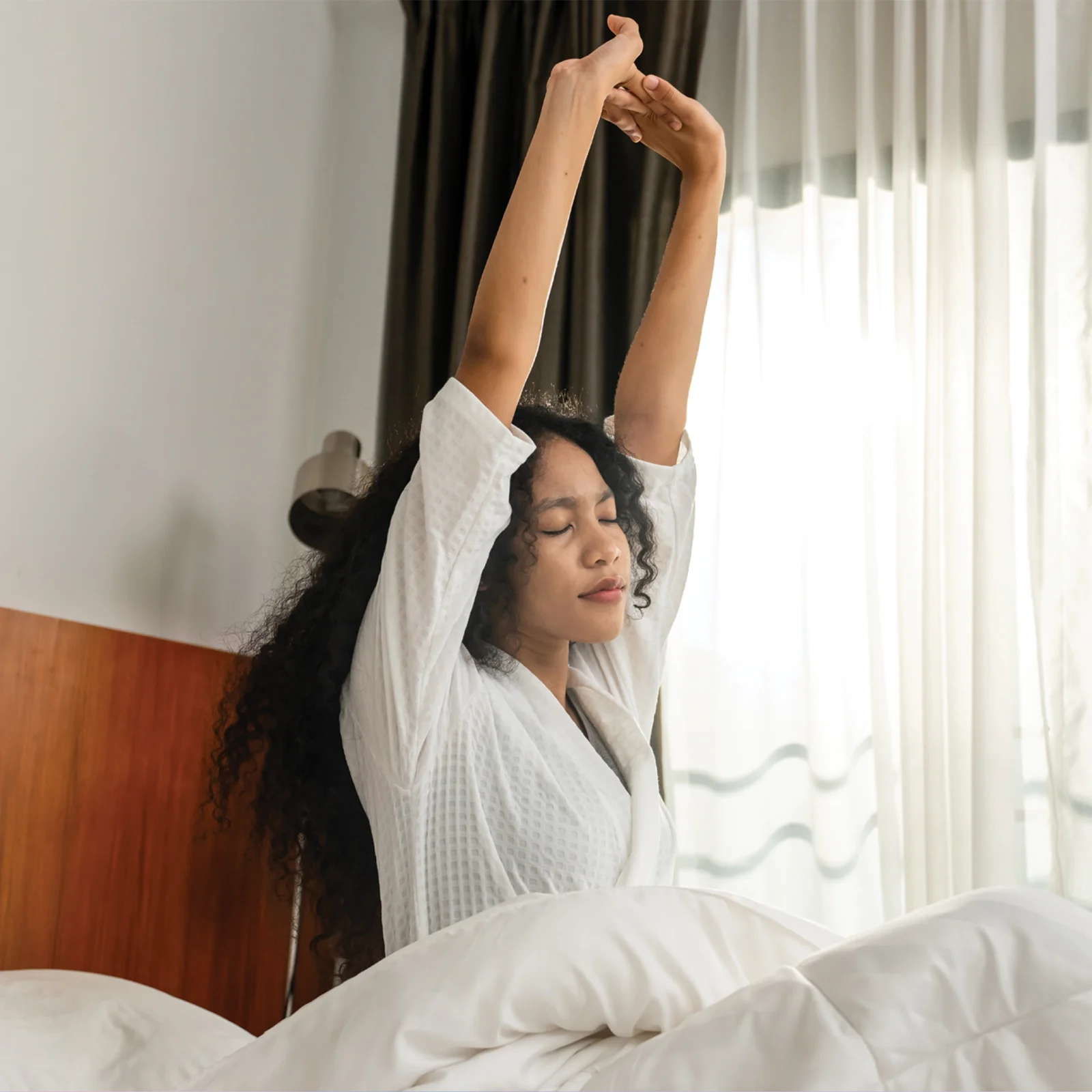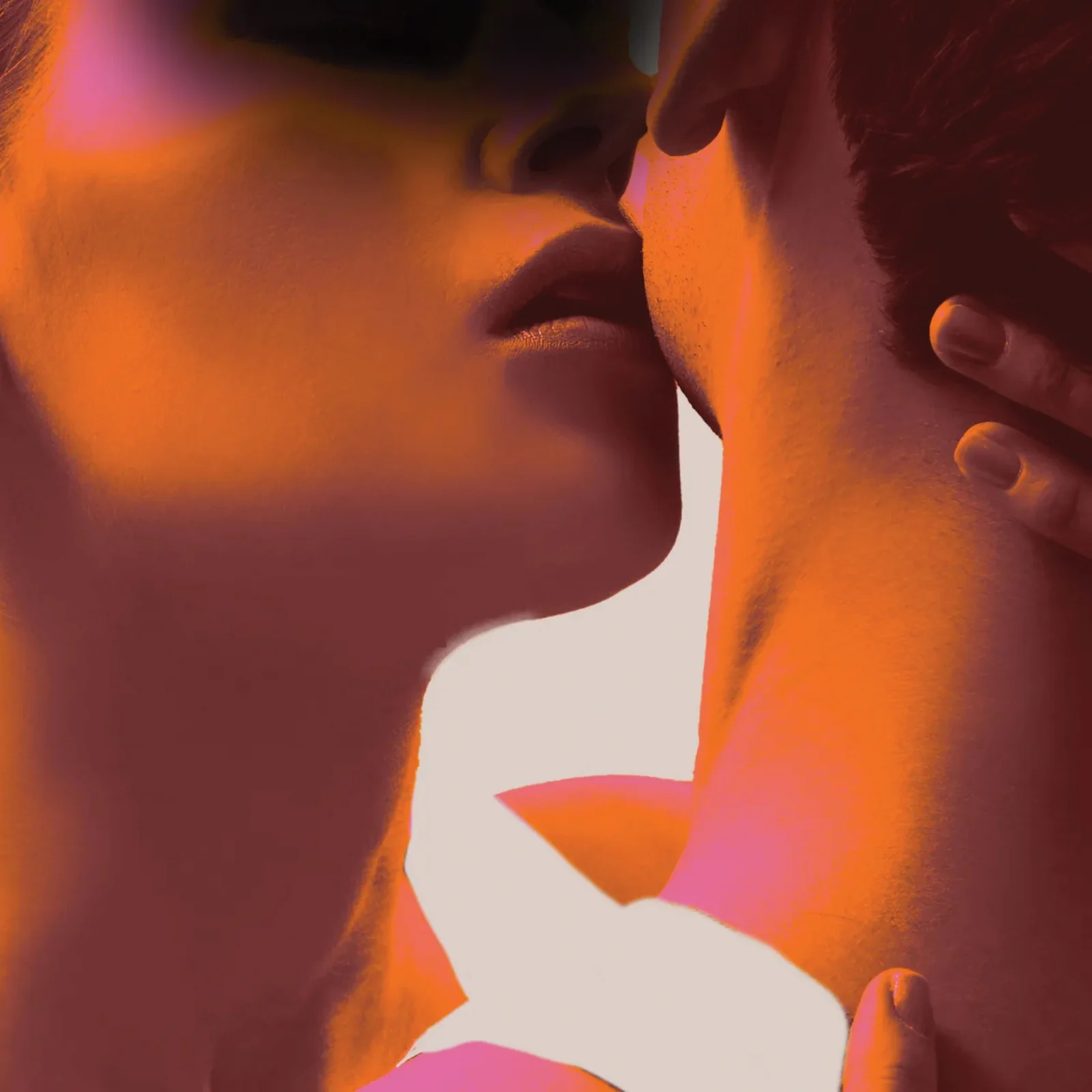The Power of Dance: Opening a Gateway to Self-Expression
The art of dance has long held sway over audiences and performers alike. We speak with dancers, both professional and amateur, about what dancing has done for them—physically, mentally, and emotionally—and what it’s taught them about self-expression.
By Lia Cruz
I’m standing in a lobby, peering into a large square window that almost takes up half the wall. Through the glass, I see two figures holding on to a freestanding horizontal handrail, or barre, that has been placed in the center of the room. In time to the quick-paced classical music that plays on a speaker, their feet shoot out to the sides in a series of moves and steps, before they rise up gracefully on their toes and shuffle a few steps to their right.
As someone who started ballet at the behest of my mother at age four, I spent the better part of my childhood taking twice-weekly ballet classes up until I was 13, and then would go on to try different forms such as jazz, modern dance, street, and even cheerleading. The years of going to classes, practicing steps and dances, and learning choreography made me stronger—both physically and mentally. I learned discipline and time management. And perhaps one of the most important lessons for me was dedication to a craft—how difficult it really was, how much it required out of a person, and how it asked you to never stop learning.
But if I’m being really honest, apart from all the lessons, what stuck with me the most was the way dancing made me feel. I had always been inclined to perform as a child, and dancing in recitals always gave me an indescribable thrill. There was nothing quite like losing myself to the music, the stage lights, and the choreography, dancing out my emotions and expressing myself in a way that required no words.
Many, many people have fallen in love with dance for the same aforementioned reasons—for the physical and mental benefits, but mostly for the way dance is a form of release, and an outlet for self-expression. Allure Philippines spoke with a mix of professional and amateur dancers, and they shared, in their own words, the kind of power that dance holds over them.
Cathee Lee- Roslovtsev
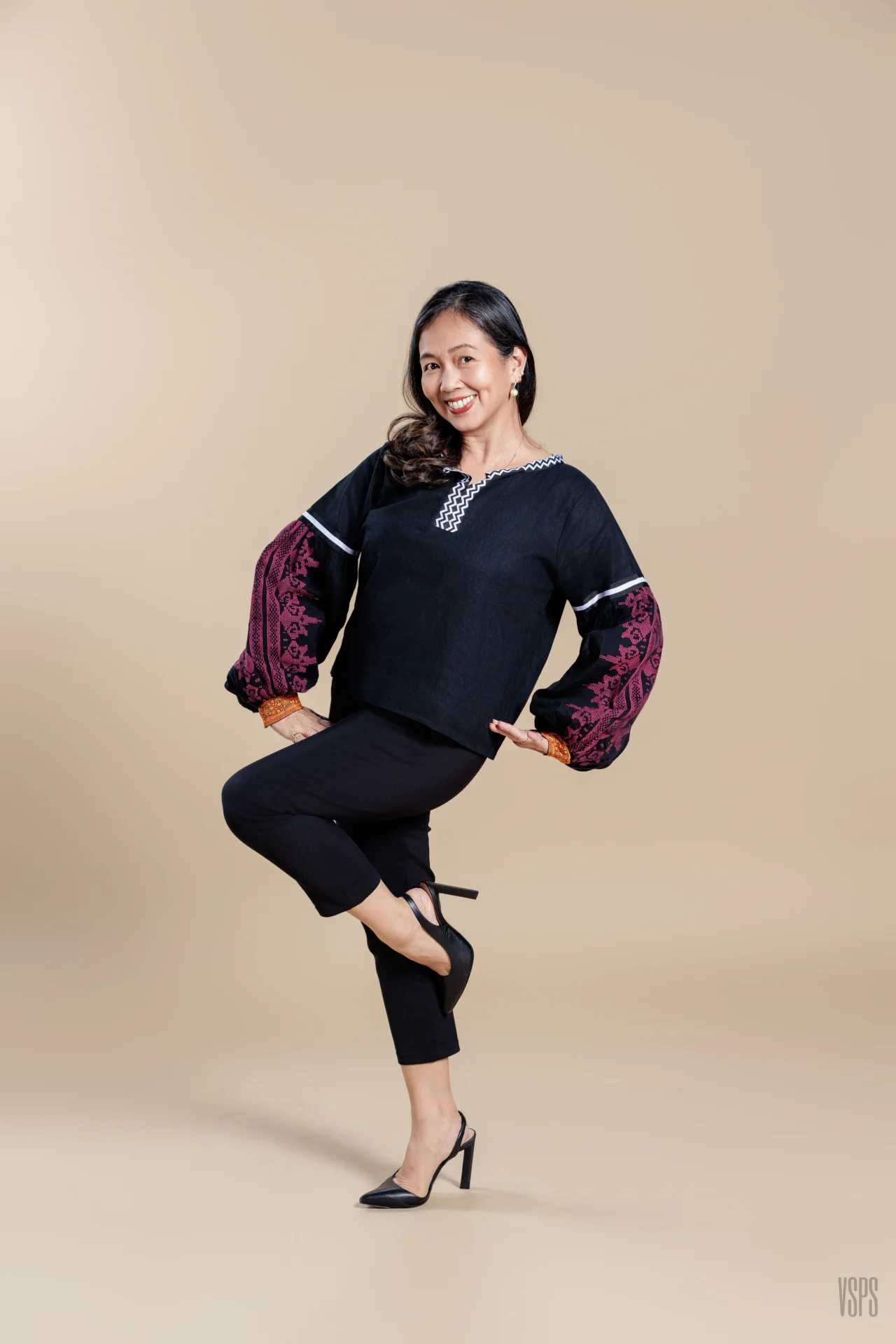
Courtesy of Cathee Lee-Roslovtsev
Cathee Lee-Roslovtsev started dancing ballet at the age of six, after her mother put her in class to build up her strength to combat asthma. After falling in love with ballet at a young age, Lee-Roslovtsev went on to become a company dancer for the Philippine Ballet Theater from 1989 up until 2003. She then earned her certification in STOTT Pilates, and opened Elan Ballet and Pilates Studio, where she is the director.
“I fell in love with ballet the moment I put on my little ballet slippers, my uniform for class, and tied my hair up in a little bun with a little bow. Something made me feel special when I was at the studio. I felt like all my shyness was spirited away, and that I could try anything without judgment—whether that was trying to jump higher or turning more than four pirouettes. On stage, I would feel like a whole new world would open up, with the lights, the costumes, the makeup, the nervousness as the curtain goes up, and then the music filling the silence.
Dance is like a prayer for me. It makes me whole and free. It has brought me so many highs, but also some lows. There were days when everything was beautiful at the ballet, but there were also days when no matter how much hard work I put in, perfection would escape me. At times I would cry from nervousness, be giddy with excitement to perform, be scared to disappoint, be heartbroken when I didn’t land a role I felt could have been mine, but then again at the end of the day, I got to dance, carefree. I would fall and recover from an injury and dance for many more years. All of these experiences have helped shape my mindset today: that everything will be alright.
What have I learned about self expression? I learned that when you give yourself fully to a role, work on it with all the care, love, and passion you can give, you will be able to touch someone’s heart, somewhere out there, watching you, as well as feel an inner, liberating freedom. Life is like a dance. It has its ups and downs. Life, like dance, is colorful. Life, like dance, can be beautiful.”
Christina Dy
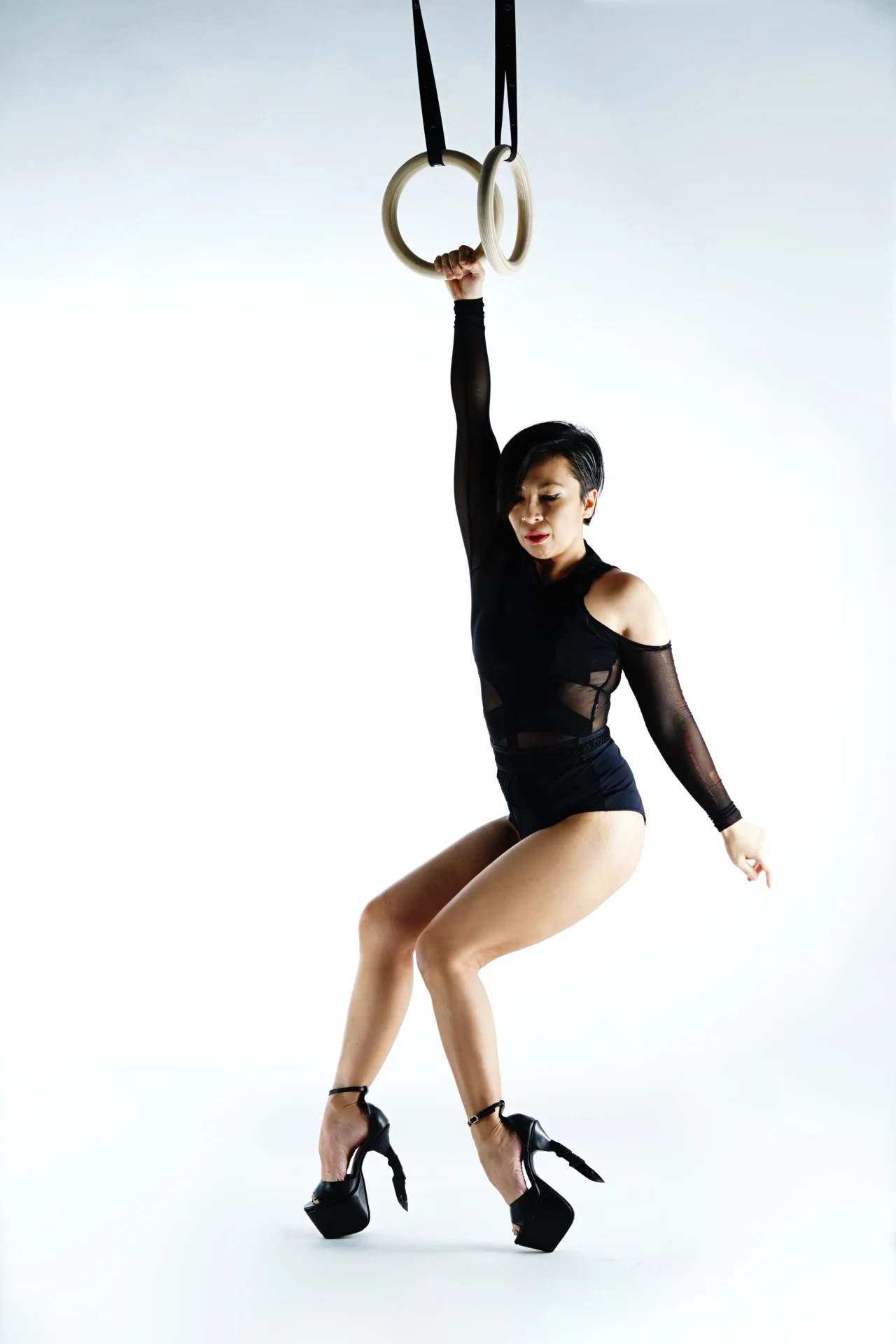
Photo by Adele Raya
It was heartbreak that first compelled Christina Dy to try pole dancing. The artist and founder of Polecats Manila was in a deep funk after her engagement ended, and a few friends suggested they all try pole dancing as a distraction for her. But after the novelty wore off for her friends, Dy stayed at the pole, becoming fully enraptured by it until she was moved to put up a school, complete with a syllabus and curriculum, and teachers trained in the art and in first aid.
“I kept on doing pole even after my friends stopped doing it because it was that one hour in the day that I was not crying. I was so depressed back then, but because pole dancing was so hard for me, I couldn’t focus on being sad. I had to focus on not falling from the pole.
When I got better, it became about actually connecting with my body in a different way. Growing up in a Catholic Chinese school, life was so conservative. You’re not really allowed to explore your physicality or your sexuality in a meaningful way. You have to behave a certain way, move a certain way, dress a certain way. But in class, it was a new feeling to be able to not wear a lot of clothes and not be judged by how you looked, and to move your hips or do body waves or dance to sexy music while not in a club, or trying to seduce anyone. That felt really good.
I got breast cancer a few years back, and if I weren’t so fit because of pole, it would have been harder to recover. It helped me get out of my depression [from having cancer].
The physical aspect is amazing. I’m so much stronger and more flexible now than when I was when I was younger. There’s the weight loss, but even without that, I’m fine. But the psychological aspect, that has been the best for me. I’m so much more accepting of myself, and even of others.
What I learned about self-expression from pole dancing is that self-expression should not be contained. It can come in so many ways. Dancing for me is the more spontaneous way for self-expression. I really encourage everyone to do it—any kind of dance. It’s so good for your soul.”
Madge Reyes
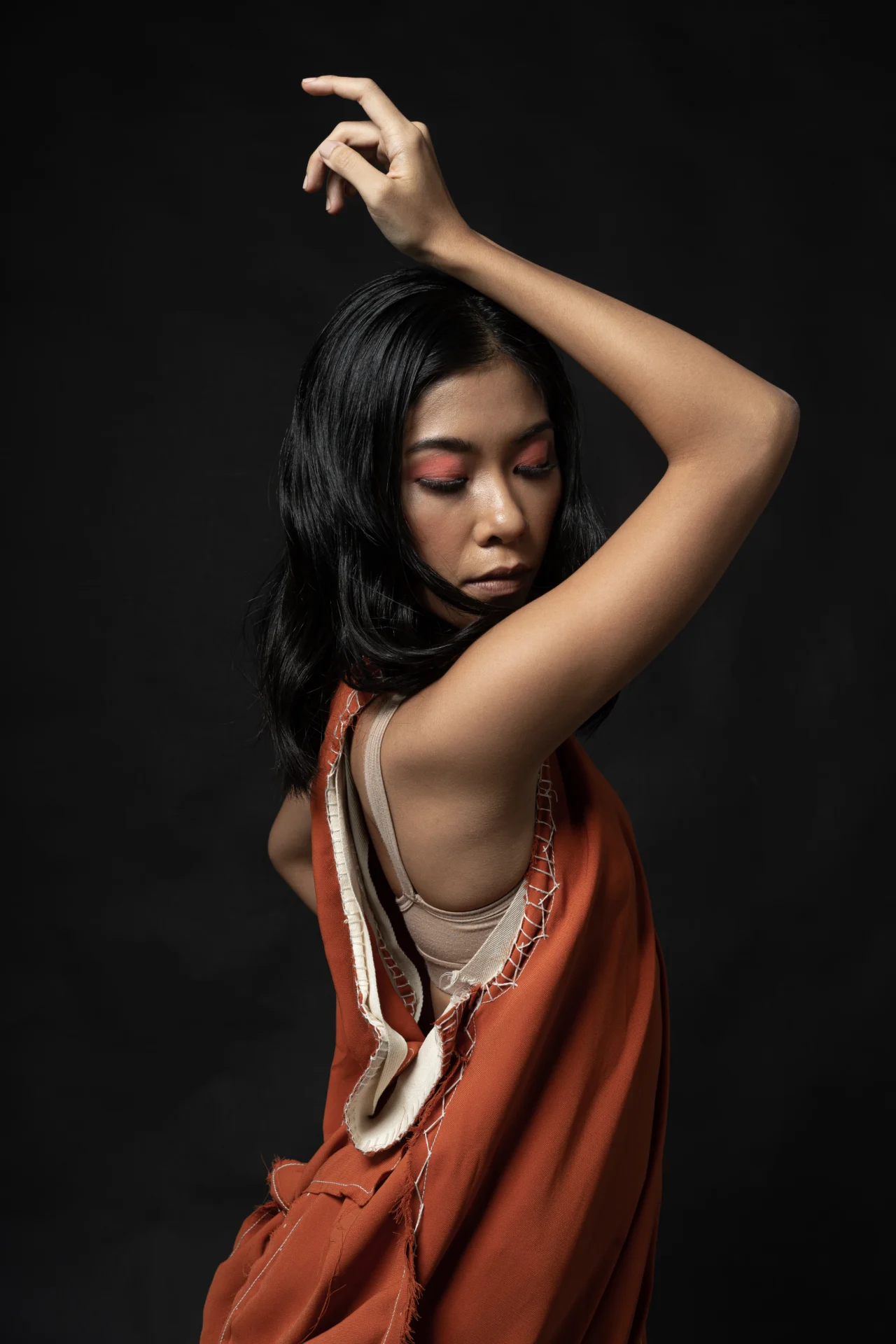
Photo by Jan Mayo
At the age of 21, Madge Reyes became a principal dancer and soloist with Ballet Philippines, until a serious injury forced her to hang up her pointe shoes. But Reyes didn’t stop dancing. The music just changed its tune and led her to another path—one that involved dance in collaboration with other creative disciplines such as design, photography, film, fashion, and the visual arts. She is the founder of FIFTH WALL, with her current approach to dance blending the classical with the contemporary in a cross-disciplinary practice.
“I’d say I was about seven when I knew dance was ‘the one.’ I had other hobbies, but I let them go because nothing quite compared to the feeling of being in the studio—and even more so on stage. I was hooked.
My mom feared that I would inherit her scoliosis, so as a preventive measure, she enrolled me in ballet at the age of three. But despite her efforts, the scoliosis showed up anyway—and still, I kept dancing, even as my spine continued to curve. I trained primarily in classical ballet and, in addition to that, I had the chance to explore other styles such as modern, contemporary, and jazz.
Dance has shaped the way I see and understand the world around me. As an only child, it has helped keep me grounded—offering connection, a space to express emotions, and a way to grow creatively and confidently. And although I’ve developed thick skin through it, dance still lets me embrace my vulnerabilities, helping me navigate life with a more nuanced perspective.
Self-expression goes beyond words. Through movement, I’m able to reveal parts of myself I never could have imagined otherwise. Dance gives me the freedom to be unapologetically me, even when taking on varied roles both on and off stage. It’s pushed me to be more honest and to stay present in whatever I’m doing. Over time, I’ve learned that the most impactful work comes from leaning into what’s real—even when it’s uncomfortable.”
Marielle Esclabanan-Lee and Nikki Uson
The two ballerinas I had been watching earlier were not children, as may have been assumed. Marielle Esclabanan-Lee is 33 years old, and Nikki Uson is 32. They have both been dancing on pointe for only two years, two of the students in the adult pointe class, a beginner to intermediate class at Elan Ballet and Pilates Studio in Pasig. They are recreational dancers. It’s unusual today to hear of older dancers just starting out in ballet, but Esclabanan-Lee and Uson share with us why they choose to dance, and how dance (literally) keeps them on their toes.
Marielle Esclabanan-Lee
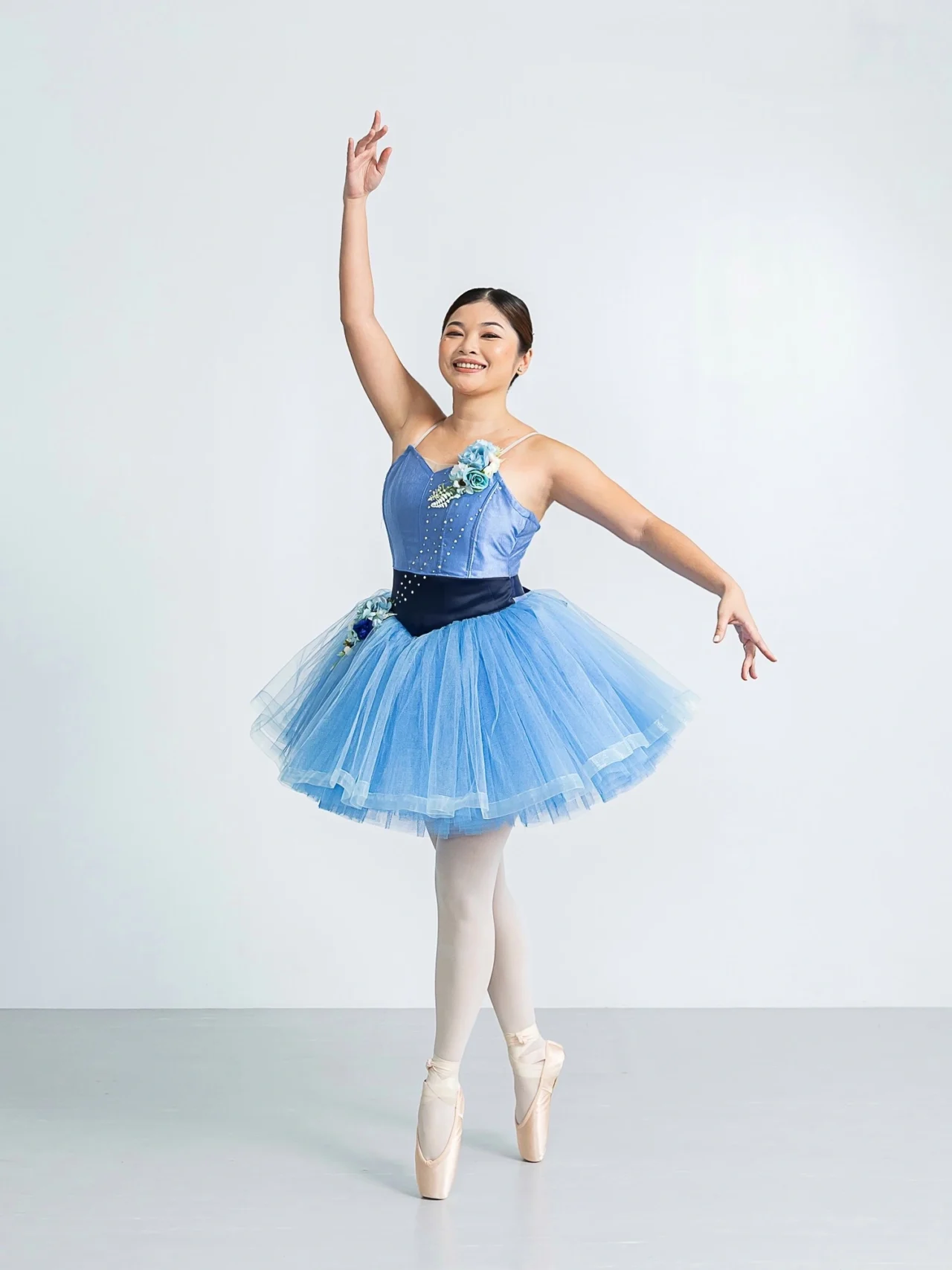
Courtesy of Marielle Esclabanan-Lee
“I started when I was young, during summer workshops, and returned to ballet during the pandemic, through classes over Zoom. I really find the art form beautiful. It can be technical, so it can get to your head. But at the end of the day, I just remind myself that this is something that brings me joy.
In our class, we started to dance for exercise and coordination, and we can’t believe that we’re all on pointe shoes now. Who would have thought?
It’s made me more confident. It’s helped me tune into my body, to be able to tell a story through movements. The teachers always tell us, ‘You’re thinking about the steps, right? But just go with the music, listen to whatever the story is.’”
Nikki Uson
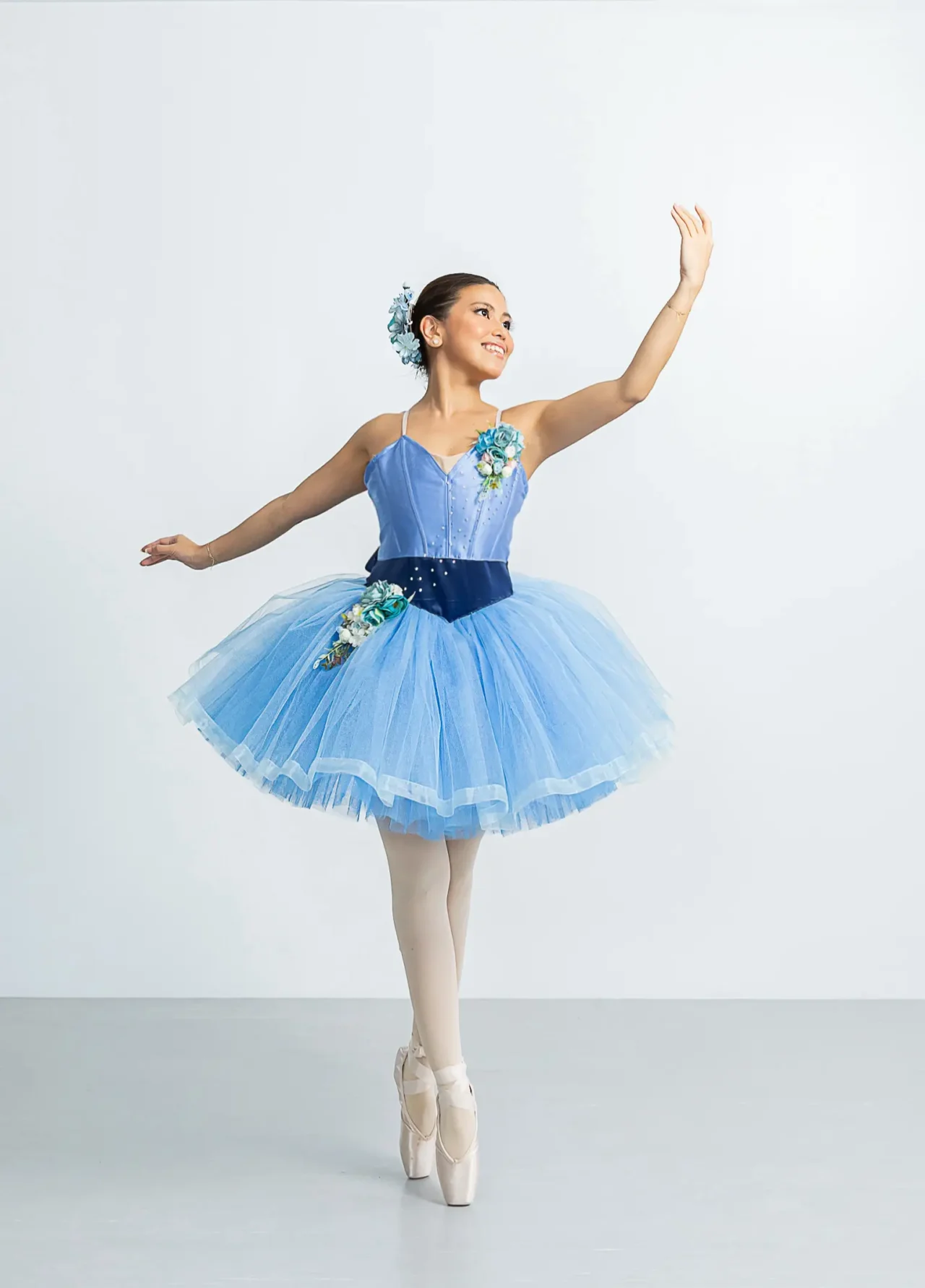
Courtesy of Nikki Uson
“I have zero background in dance. I started dancing during the pandemic, through a Zoom class. I come from a family of dancers. My mom is a ballerina, but I never took any ballet lessons growing up.
Honestly, it was just on a whim. I’m a pretty athletic person, but I’ve never done anything in dance. So I thought, why not try a new challenge? I knew I had the strength for it and the flexibility for it, but I wasn’t prepared for how difficult ballet is. Even if I am athletic and I can handle different sports, it was so different. You have to train your mind to think differently when it comes to ballet.
I stayed because I liked the challenge. I liked that ballet wasn’t easy. Other sports come easily to me, but ballet never did. Even if I did yoga, even if I am hyperflexible, I didn’t have the strength in the right places, in places in my toes I didn’t even know exist. At first, I found it very discouraging not being able to understand how to move my body in a certain way or where I couldn’t do something. But I learned to show myself more grace and to just trust the process. It’s taught me to not be too hard on myself.
Instead of just focusing on the counts, it’s really just losing yourself to the music and dancing as well to the music, and taking in the energy as well. So while it is self-expression, it is also celebration of the people around you.”
When the music plays
For a dancer, movement isn’t just about memorizing steps or hitting the right counts. It’s about showing up—fully and honestly. You set aside your day, your doubts, your deadlines, and let your body take the lead. Whether you’re in a mirrored studio, onstage, or dancing alone in your living room, it becomes less about how it looks and more about how it feels.
Dance demands presence. It asks you to be vulnerable and honest in a way few other things can. Whether you’re onstage under the lights, gripping a pole in defiance of heartbreak, or learning to rise en pointe for the first time in your thirties, movement becomes a language beyond words.
To dance is to say: This is who I am.
Flawed, evolving, strong, soft, whole.
And when the music plays, you’re reminded:
You don’t have to speak to be heard.
You only have to move.
- KEYWORDS
- dance
Latest Stories
You might also like
To provide a customized ad experience, we need to know if you are of legal age in your region.
By making a selection, you agree to our Terms & Conditions.